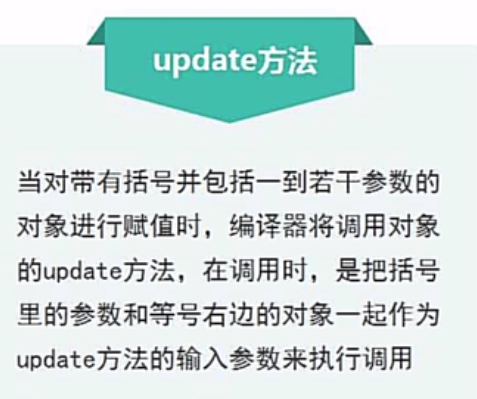单例对象(只有一个的对象)

object Person{private var lastId = 0def newpersonId() = {lastId +=1lastId}}printf("this frist person id is %d.\n",Person.newpersonId())printf("this frist person id is %d.\n",Person.newpersonId())printf("this frist person id is %d.\n",Person.newpersonId())

静态字段,每次调用用到的都是同一个对象的值
伴生对象
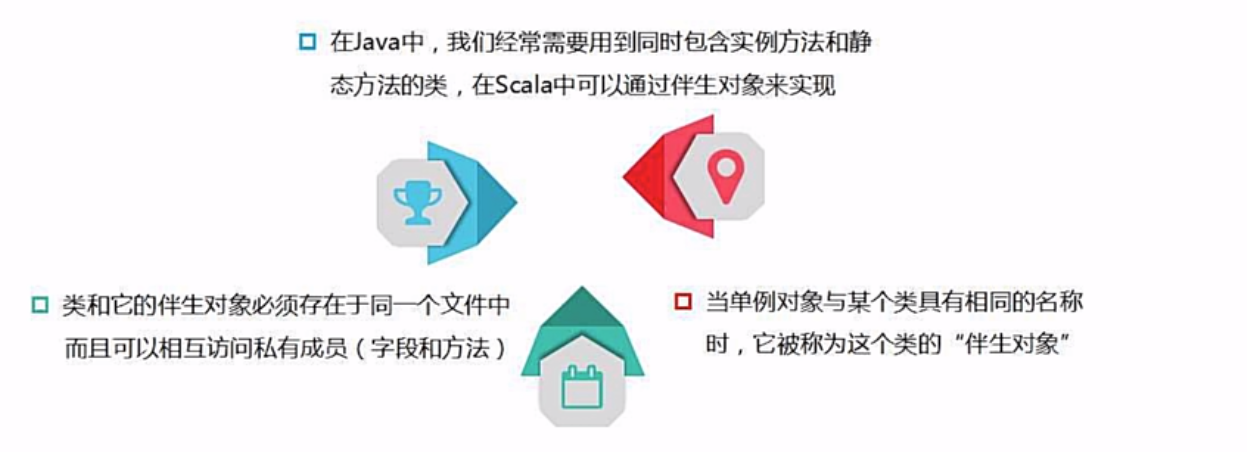
需要满足相同名字
class Person{ //这个玩意叫伴生类,两者的名字是一样的private val id = Person.newPersonId() //调用了伴生对象中方法,相当于是同一个属性(静态方法)private var name =""def this(name : String){this()this.name = name}def info(){printf("this id of %s is %d.\n"name,id)}}object Person{private var lastId = 0private def newpersonId() = {lastId +=1lastId}def main(args:Array[String]){val person1 = new Person("Ziyu")val person2 = new Person("Minxing")person1.info()person2.info()}}
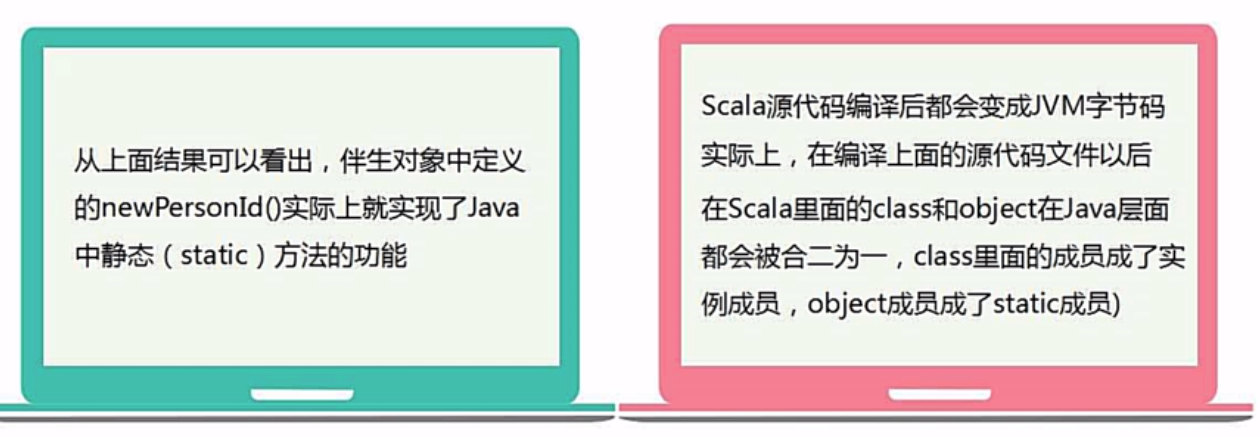
验证两者合二为一
class Person{ //这个玩意叫伴生类,两者的名字是一样的private val id = Person.newPersonId() //调用了伴生对象中方法,相当于是同一个属性(静态方法)private var name =""def this(name : String){this()this.name = name}def info(){printf("this id of %s is %d.\n"name,id)}}object Person{private var lastId = 0def newpersonId() = { //这里去掉了privatelastId +=1lastId}def main(args:Array[String]){val person1 = new Person("Ziyu")val person2 = new Person("Minxing")person1.info()person2.info()}}
去掉private之前,使用javap进行反编译,这里看不到对应的方法
去掉之后
去掉之后就可以看到。两者合二为一了
应用程序对象

运行(没有class可以直接运行),有class要先用scalac先编译


apply和update方法
apply
相当于()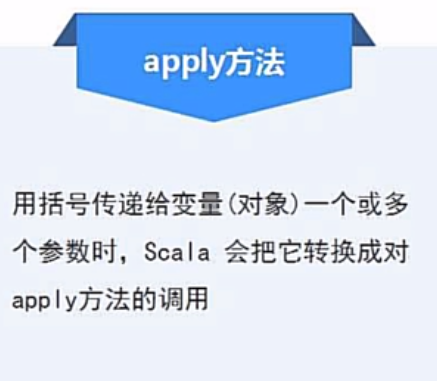

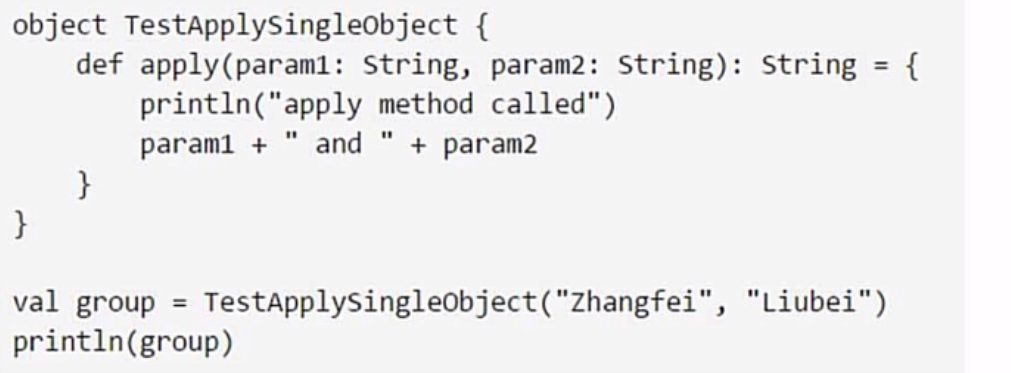


伴生类和伴生对象的apply运用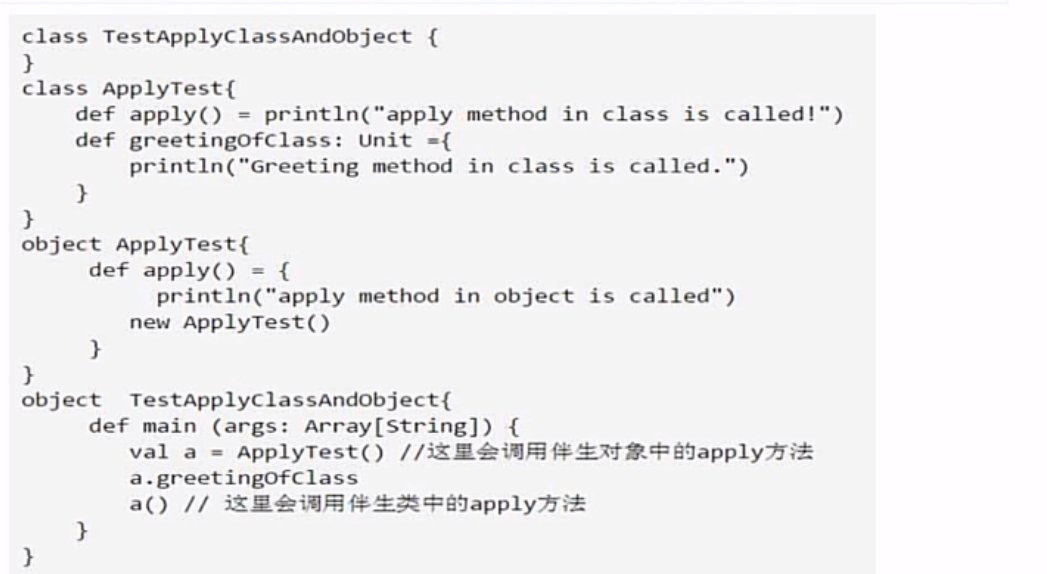


总之,就是有实例化对象的调用,才会使用到伴生类中的方法,其余的都是在伴生对象中的方法
这个也是先调用伴生对象中的额方法
update方法
